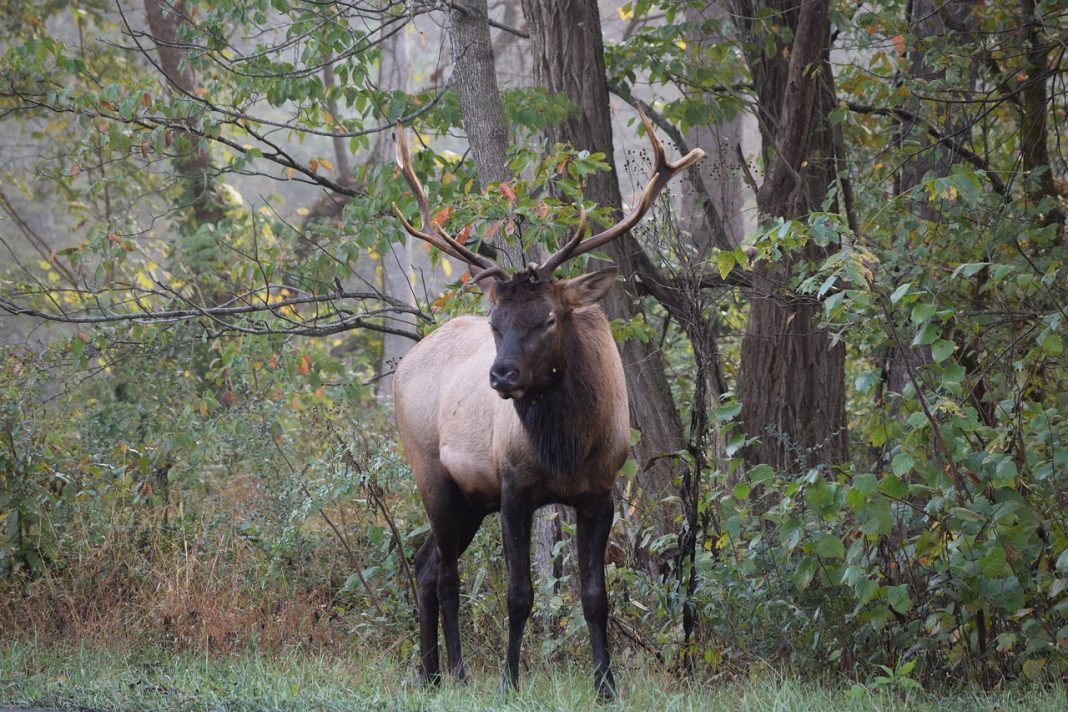Urban Hunting? It is becoming more common. Wildlife interactions with humans whether directly or indirectly have increased as urbanization has expanded. One can expect that as the trend of expansion continues, so will these wildlife interactions.
Urban Hunting as Wildlife Moves into the Sprawl
People seem to tolerate them early on because they view the wildlife as the cute characters from a cartoon. However, just as the increase in human activity continues, wildlife is increasing as well. These once cute creatures turn into more of a nuisance and possibly even a safety concern.
This is especially true for species such as crows, raccoons, and mule deer. These animals have not only figured out how to survive in the urban environment but some could argue that they are thriving.
In the case of the mule deer, populations are establishing themselves permanently in these urban areas. Often without ever migrating to different feeding grounds during the seasons.
An area such as Utah is a prime example of this. The deer have become accustomed to ornamental plants and flowers. Often even human presence does not deter them. Homeowners tend to agree that this is an issue, especially since what goes in, must come out, and it does come out, on people’s lawns.
Where the homeowners tend to be divided is over how to manage an increasing mule deer population. The deer essentially have no predators and are continuing to become more comfortable with the suburban lifestyle.
Communities across the United States continue to take the issue to wildlife managers.
In Utah, the recommendations have been widely varying. It is the purpose of the UDWR “to manage the state’s wildlife for the people of the state.” You can read more about Utah’s urban hunting by clicking here.
As a result, they have to manage for both the hunter and non-hunter. Consequently, it still makes one side or the other upset.
How can hunters help?
One of the most important tools for a hunter is their customer service. Obviously while out hunting, we aren’t selling anything. However, we are displaying to those who see us an image of all hunters.
Some states are creating “Urban Only Hunting Units.” These units are specifically designed for archery hunters to take deer living in densely populated areas. These units assist wildlife managers in tackling a problem in a new way.
Typically hunters are required to take an “urban ethics” course prior to the hunt. Typically this lays ground rules. Rules vary from area to area but the general consensus is to be nice, not shoot anything in someone’s yard, and to remove the entire carcass.
Consequently, these hunts can be shut down quickly due to a single hunter’s actions. Remember that customer service tool? This is why it matters. Being kind and respectful of people and the rules go a long way. If wildlife managers receive complaints of hunters acting the opposite, the hunt is likely to be short-lived.
If you’d like to keep reading about hunting overall you can check out our Hunt 101 page by clicking here.
What do you think about urban wildlife? How can hunters be more involved? Let us know in the comments!















